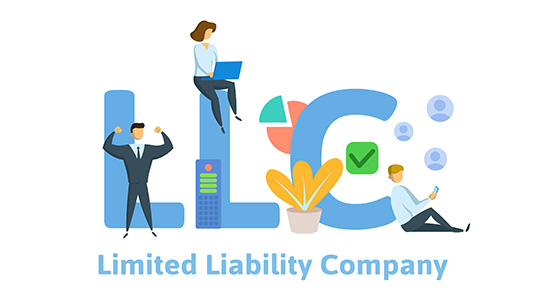Shakespeare’s words don’t apply just to Julius Caesar; they also apply to calendar-year partnerships, S corporations and limited liability companies (LLCs) treated as partnerships or S corporations for tax purposes. Why? The Ides of March, more commonly known as March 15, is the federal income tax filing deadline for these “pass-through” entities.
Not-so-ancient history
Until the 2016 tax year, the filing deadline for partnerships was the same as that for individual taxpayers: April 15 (or shortly thereafter if April 15 fell on a weekend or holiday). One of the primary reasons for moving up the partnership filing deadline was to make it easier for owners to file their personal returns by the April filing deadline. After all, partnership (and S corporation) income passes through to the owners. The earlier date allows owners to use the information contained in the pass-through entity forms to file their personal returns.
For partnerships with fiscal year ends, tax returns are now due the 15th day of the third month after the close of the tax year. The same deadline applies to fiscal-year S corporations. Under prior law, returns for fiscal-year partnerships were due the 15th day of the fourth month after the close of the fiscal tax year.
Avoiding a tragedy
If you haven’t filed your calendar-year partnership or S corporation return yet and are worried about having sufficient time to complete it, you can avoid the tragedy of a late return by filing for an extension. Under the current law, the maximum extension for calendar-year partnerships is six months (until September 16, 2019, for 2018 returns). This is up from five months under the old law. So the extension deadline is the same — only the length of the extension has changed. The extension deadline for calendar-year S corporations also is September 16, 2019, for 2018 returns.
Whether you’ll be filing a partnership or an S corporation return, you must file for the extension by March 15 if it’s a calendar-year entity.
Extending the drama
Filing for an extension can be tax-smart if you’re missing critical documents or you face unexpected life events that prevent you from devoting sufficient time to your return right now.
But to avoid potential interest and penalties, you still must (with a few exceptions) pay any tax due by the unextended deadline. There probably won’t be any tax liability from the partnership or S corporation return. But, if filing for an extension for the entity return causes you to also have to file an extension for your personal return, it could cause you to owe interest and penalties in relation to your personal return.
We can help you file your tax returns on a timely basis or determine whether filing for an extension is appropriate. Contact us today.






